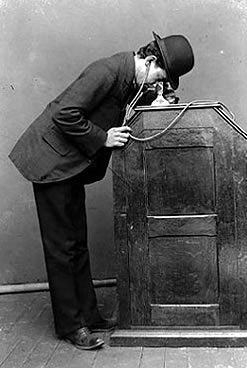Let's face it, when we have two huge bins of LEGO pieces sitting around and access to some cool stop-motion technology, why would we NOT make some awesome stop-motion movies as part of our end-of-year thematic summaries?
But here's the thing: Each grade level was tasked with creating a stop-motion movie that related to our theme for the year. So 5th grade, for example, had to make their film relate to "encounters" between two civilizations or groups; 4th grade's movies had to center around a piece of architecture, and so on...
First we studied some "best practices" for making stop motion with LEGOs, including considering such factors as positioning, background, lighting, movements, etc. Students learned that making a quality stop motion is MUCH harder than they thought, and requires oodles of patience and concentration. That made it an even more important exercise!
At the link below you can access a folder with all the videos. File names are labelled by student first names. Enjoy!
NOTE: We used the app "LEGO Movie Maker" on the iPads. That app is not available on Android but there are other user-friendly stop-motion apps on the Android market.
https://drive.google.com/folderview?id=0B2urbvFV8qF1c3lBaHNYNHNDR0k&usp=sharing













































